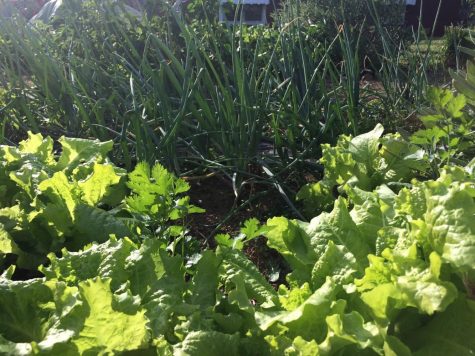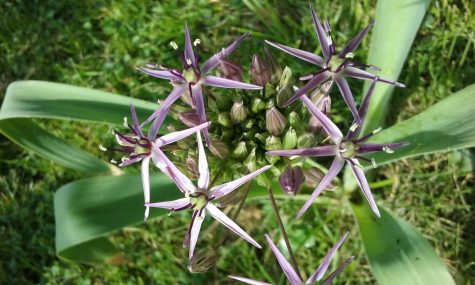Permaculture Farming: What it is and Resources to Get Started
Permaculture is a term that probably seems foreign to someone outside of the farming, agriculture, or gardening business. The practice was created in mid-seventies, and is starting to gain more recognition and popularity in the United States.
According to the Permaculture Research Institute Permaculture integrates people, land, animals, and the environment in mutually beneficial ecosystems.
“Permaculture (the word, coined by Bill Mollison, is a portmanteau of permanent agriculture and permanent culture) is the conscious design and maintenance of agriculturally productive ecosystems which have the diversity, stability, and resilience of natural ecosystems,” Permaculture Research Institute
Brent Hodges, an architect from Orleans, Indiana, has used the practice of permaculture to turn his yard into what he dubs a “food forest.”
“To me, permaculture is a design strategy that mimics nature and ecosystems to create conditions for high food yields for people while improving the health of the earth,” Hodges said.
Permaculture takes gardening to another level. Everything that is planted is useful in multiple ways rather than planted merely for food or merely for its aesthetic appeal.

Hodges has been gardening since he was 15. He started practicing permaculture five years ago. He said he learned about permaculture while he was researching how to grow the most food in smaller spaces.
“After watching a couple interviews of Bill Mollison, the co-founder of permaculture, I realized that nature had already solved the problems that follow human intervention,” Hodges said. “We were just not observing in detail. Nature is a patient designer not driven by profit, only by max production, balance and sustainability.”
After watching the videos Hodges got inspired. He read a couple of Mollison’s books. Next, he took an online permaculture course through the Regenerative Leadership Institute. At last he was ready to start his food forest.
“The first step I took was to start composting all kitchen scraps and tree leaves produced by my site. Composting is easy and is like growing your own dirt,” Hodges said. “Then I developed a site plan and planted as many cold hardy Perennial (comes back every year) food producing plants that I could acquire. Thyme, oregano, mint, sage, apple trees and hazelnut trees to name a few.”
Hodges also started a permanent annual vegetable garden area. He said it is important to be patient and have vision because it takes several years for the trees to mature and become productive.
Every bit of Hodges’ half acre plot is covered with plants and trees that serve multiple purposes. He also raises chickens. Even the chickens serve multiple purposes. They are not just for food or eggs. Hodges uses the chickens to help till and fertilize the land.
His chicken coop is on wheels and he moves the chicken coop to which ever part of his land he intends to garden next.
Hodges said that permaculture has changes his life for the better. He said that creating a food production system directly benefits people and the environment. He finds that aspect very rewarding.
For anyone looking to start their own food forest, Hodges recommends starting to compost. Then he says to plan out a permanent garden or a container garden.
“I started with a salsa garden. I grew all the ingredients needed for making salsa. Grow what you eat and eat what you grow,” Hodges said.
Hodges also highly recommended that a permaculture practitioner should plant trees, if that option is available.

“Tree crops, which are the most sustainable form of food production, also do the most for good for building soil health, locking up carbon and many other favorable functions, Hodges said. “Having available chemical free fruits, nuts and vegetables keep people and the water healthy and clean.”
Hodges recommends talking to local permaculture practitioner and looking up resources online. He said there is a lot of great information online.
There are several sites online that offer courses and free resources for permaculture such as:
Midwest Permaculture ,the Permaculture Institute, and the Open Permaculture School by the Regenerative Leadership Institute.
For more information, design plans, and the latest news in permaculture you can visit the following sites: The Permaculture Research Institute, Permaculture Priciples.com, Beginning Farmers Org. , and the Indiana Holistic Health Network.
